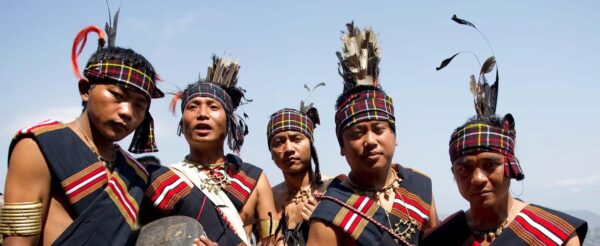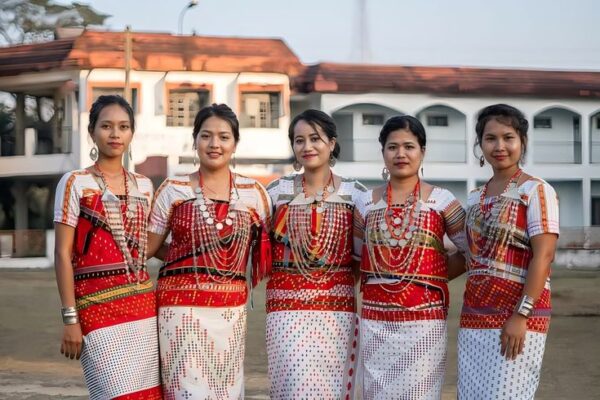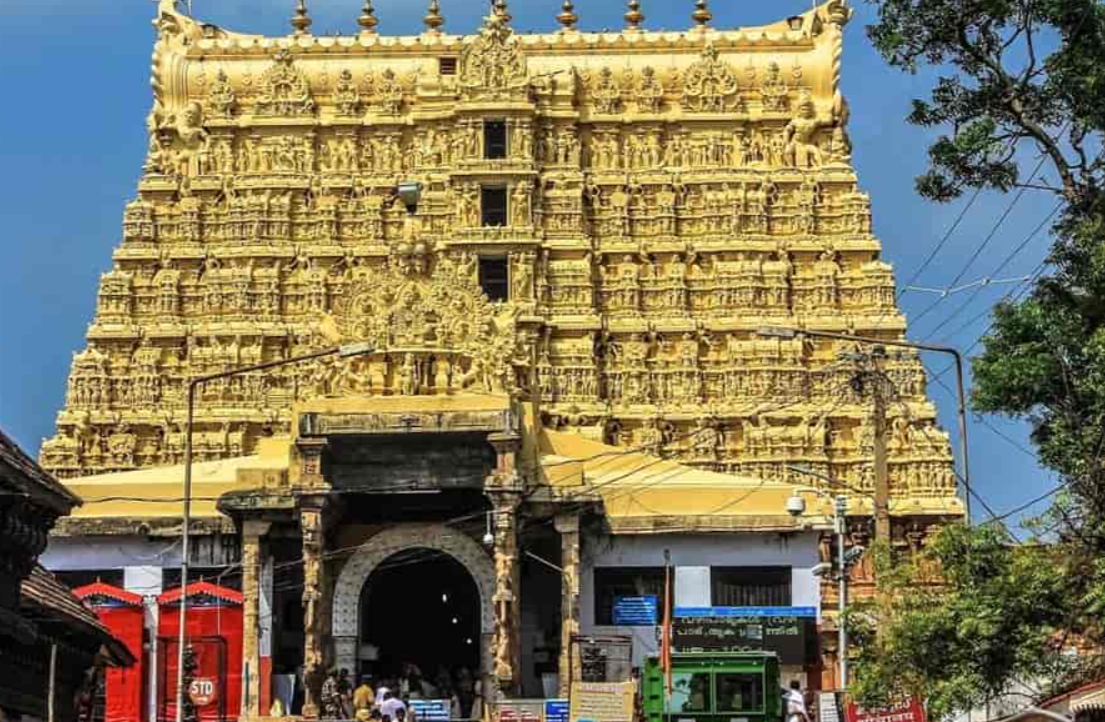Tripura, an enchanting state known for its rich cultural heritage, artwork, and traditional costumes, boasts a unique collection of attire that sets it apart from other northeastern states. The traditional dress of Tripura is characterized by its vibrant designs and distinct patterns. This article explores the traditional attire worn by both men and women in Tripura, highlighting their significance and unique features.
Traditional Dress of Men in Tripura

Kamchwlwi Borok
A vibrant Tripuri shirt or jacket, known as Kamchwlwi Borok, is commonly worn by men in Tripura. This shirt features a striking red color adorned with intricate horizontal and vertical patterns. Although it is a regular shirt, its attractive design makes it a popular choice for everyday wear among men.
Rikutu Gamcha and Kubai
Rikutu is a small triangular cloth similar to a towel, typically worn around the waist. Accompanying this is the Kubai, a traditional shirt worn with the Gamcha. Together, these garments form a traditional outfit that reflects Tripuri culture.
Pandri
The Pandri is a small piece of cloth resembling a towel or napkin. Men from the Reang tribe use it to cover their lower waists, showcasing a practical aspect of their traditional attire.
Kamchi
Distinct from the turbans or pagris of northern India, the Kamchi is a simple piece of cloth used by men in Tripura to cover their heads, especially during the summer months.
Traditional Dress of Tripuri Women

Rignai
The Rignai is a traditional garment worn by Tripuri women to cover the lower part of the body. It is a plain black cloth featuring white vertical and horizontal stripes. Typically measuring 1.6 meters in length and 1.2 meters in breadth, the Rignai is an essential part of traditional dress in Tripura.
Risa
A prominent Tripuri attire, the Risa is a colorful, long piece of cloth that covers the upper body of women. It consists of two layers for securing closures and measures 1.5 meters in length and 0.3 to 0.5 meters in width. Handwoven with various patterns, the Risa is traditionally made in blue and black, with occasional red variations.
Rikutu
The Rikutu is a traditional attire worn by women during the winter season. It drapes over the entire body, with the ‘chunri’ (end portion) covering the chest, and the two enclosures hanging from the shoulders to the back, similar to a saree.
Rinanybaorok
The Rinanybaorok is a long cloth used to cover the lower body, typically below the waist. It represents another traditional garment that adds to the diverse wardrobe of Tripuri women.
Jewelry Worn by Women in Tripura
Surang
Surangs are decorative hairpins that enhance the overall beauty of Tripuri women. These pins are a traditional accessory that complements various outfits.
Mathia
Mathia are cylindrical bangles worn on the wrists. Unlike typical round bangles, Mathia have a unique cylindrical shape, adding a distinctive touch to traditional attire.
Wakhum and Twaya
Wakhum and Twaya are exquisite earrings worn during special occasions such as ceremonies and weddings, adding elegance to the traditional dress.
Bali and Bitan
Bali and Bitan are traditional nose rings that enhance the beauty and charm of every traditional outfit. These nose rings are highly cherished by Tripuri women.
Yasitam and Faru
Yasitam is a finger ring, and Faru is a charming anklet worn during significant events such as weddings and other auspicious occasions.
Conclusion
The traditional dress of Tripura, with its captivating colors, intricate designs, and unique styles, reflects the state’s rich cultural heritage. From the everyday Kamchwlwi Borok for men to the exquisitely handwoven Risa for women, each garment tells a story of tradition and artistry. Enhanced by distinctive jewelry, Tripuri traditional attire is more than just clothing—it is a celebration of cultural identity.



